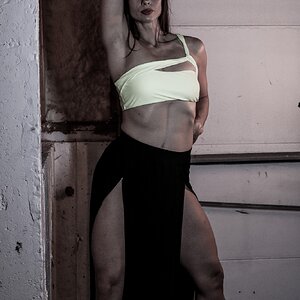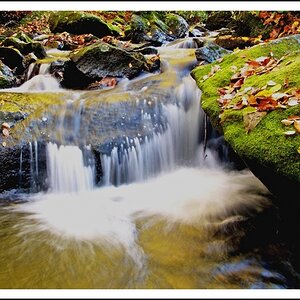Telusethegoose
TPF Noob!
- Joined
- Jun 5, 2011
- Messages
- 3
- Reaction score
- 0
- Can others edit my Photos
- Photos NOT OK to edit
Hi, im looking to start making professional prints for art exhibitions in our general area and would like them to be the best quality possible. Im shooting with a nikon d90 with the 16-85mm dx lens as a first, and a canon 5dmII as a secondary (close friends camera).
I know that printing at 300ppi/CMYK/TIF format is going to give me the best looking prints, but my question is what are the limits of the ppi that are acceptable. a lot of the photos printed are going to be on fine paper with a size of about 11x14 inches, but I would like to make a few large canvas prints as well.
Because the Canvas Printing Paper is textured, would I be able to get away with say a 200PPI resolution to still produce clear photos? Id like to make photos about 2x3 feet or slightly larger/bigger.
any expertise in this would be greatly appreciated.
I know that printing at 300ppi/CMYK/TIF format is going to give me the best looking prints, but my question is what are the limits of the ppi that are acceptable. a lot of the photos printed are going to be on fine paper with a size of about 11x14 inches, but I would like to make a few large canvas prints as well.
Because the Canvas Printing Paper is textured, would I be able to get away with say a 200PPI resolution to still produce clear photos? Id like to make photos about 2x3 feet or slightly larger/bigger.
any expertise in this would be greatly appreciated.


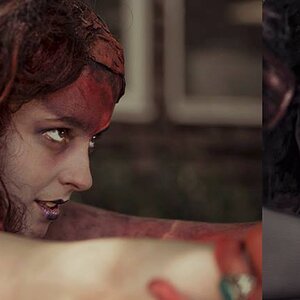

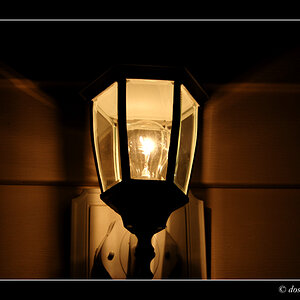
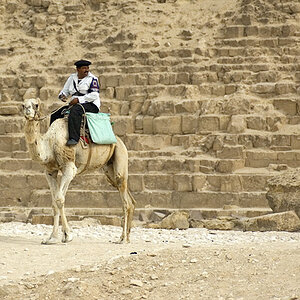
![[No title]](/data/xfmg/thumbnail/42/42452-e36799eaff36dca02ffc57ce660e5e20.jpg?1619740190)
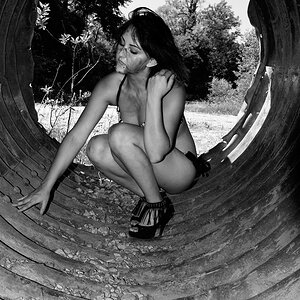
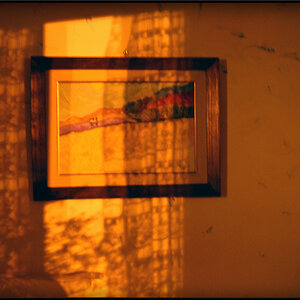

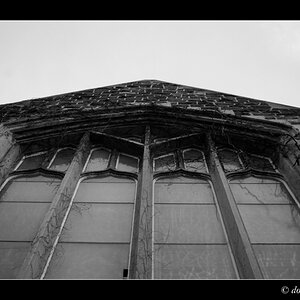
![[No title]](/data/xfmg/thumbnail/39/39438-1eb8b5f82b59d9d0c72ae9025778ed4c.jpg?1619739032)
